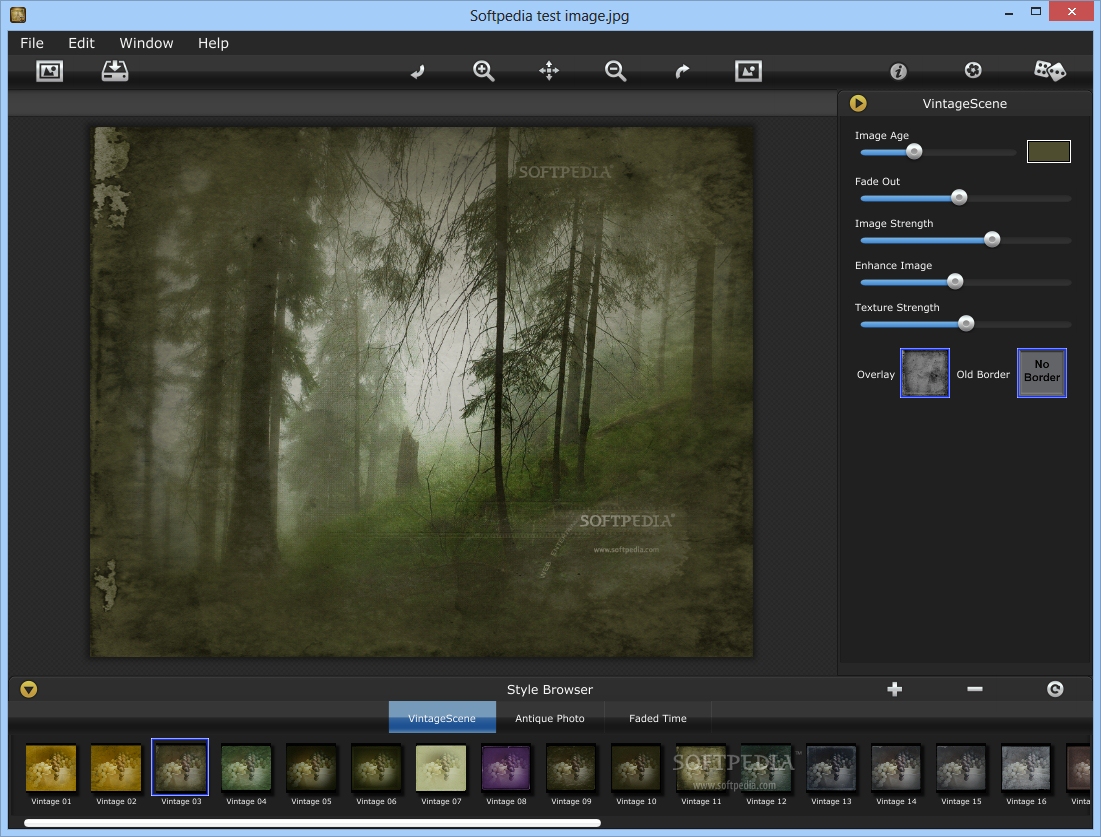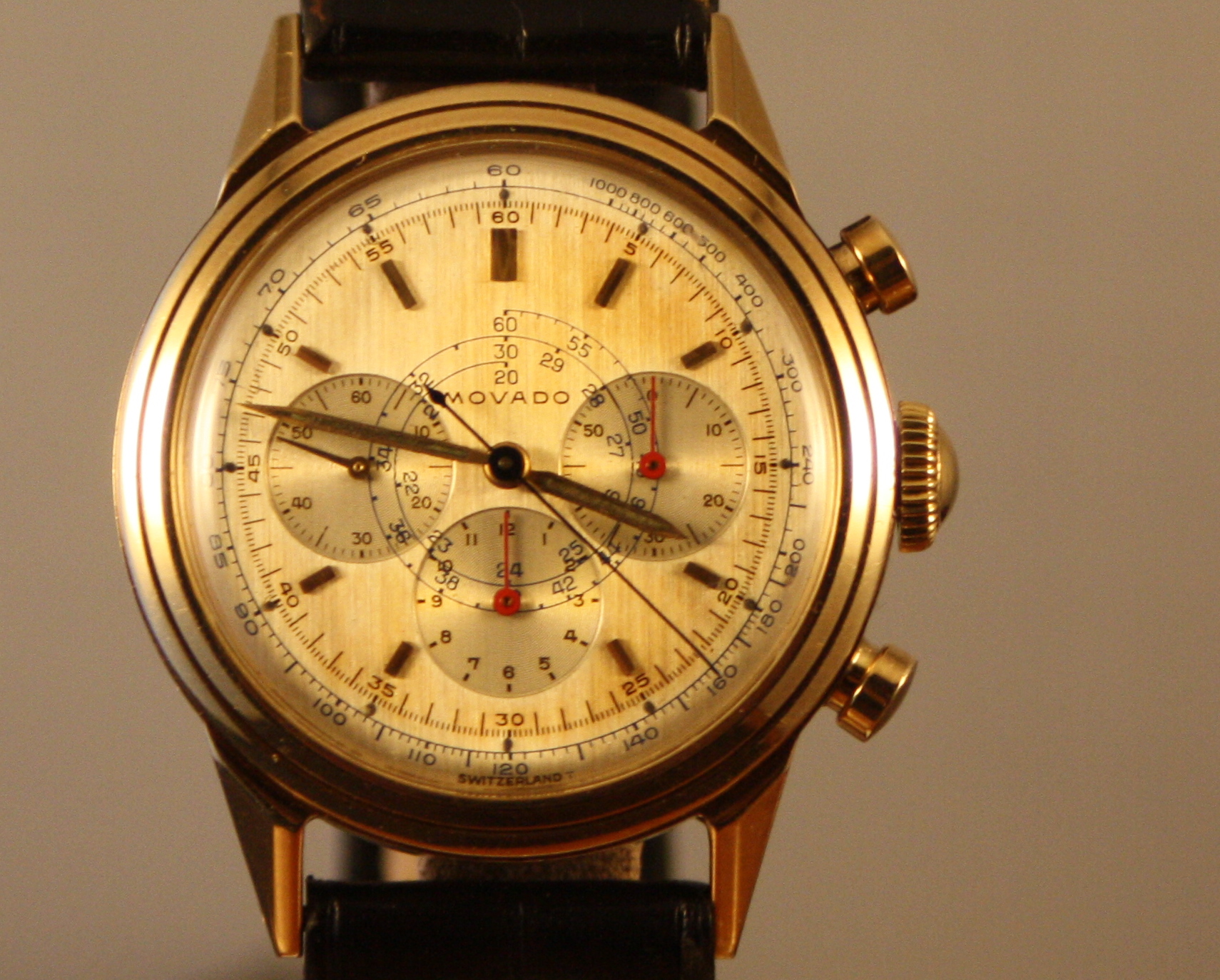

That’s when designers and makers started realising the potential of vintage denim. album became anthems of the time, and the album cover perfectly captured the style too. Hits from Springsteen’s Born in the U.S.A. Authentic jeanswear, cowboy inspiration, 1950s nostalgia and the washed-down and shredded jeans were everywhere. The recession of the mid-1980s became the commercial tipping point for vintage denim. Some department stores even started selling vintage denim. Denim fans would also visit Camden Market and Portobello Road in London and Clignancourt in Paris to hunt for old jeans. Stores like American Classics in London and A.N.G.E.L.O. There was a boom of vintage stores in Europe selling American secondhand denim,” trend expert, Allan Kruse states in Blue Blooded. Commercial Boom of Vintage Denimĭuring the early 1980s, vintage denim started gaining a foothold in Europe: The vintage denim scene also continues to thrive at flea markets like the famous Rose Bowl in Pasadena, which is a vital meeting place for sellers and buyers.Īlready in the mid-1980s, the commercial potential for vintage-inspired denim was uncovered.

Collectors like Mike Harris and Brit Eaton are some of the few denim hunters still out there digging blue gold and making a living doing so. For others, the vintage denim craze has been a way to turn passion into careers. However, those Americans that did seize the opportunity, like Farley Enterprises, reaped big rewards. Frankly, the Americans just weren’t quick enough, and they didn’t care much about their old jeans at the time. This has lead to accusations that especially the Japanese pillaged America for one of their national treasures blue jeans. On top of that, the older generations remembered the Great Depression, which meant they hadn’t thrown away their old jeans. One of the reasons it was easier in those early days was that most sellers didn’t realise the value of the pots of gold they were sitting on. And there was an abundance of old stuff just sitting in attics and cellars ready to be scooped up for peanuts. They were known as ‘pickers’-those who travelled across the American heartland to dig out old jeans that they’d bring to the indigo craving collectors in Asia. At the time, collectors like Kenji Hirano of the Banana Boat vintage store in Tokyo had already begun importing vintage denim, which they’d hunt down the homeland of blue jeans. In the late 1970s, jeans started changing. How the Vintage Denim Scene Was Created (this episode).How ‘Designer Jeans’ Broke Through the Mainstream.How Denim Went From Workwear to Fashion Statement.
#VINTAGE SCENE ABOUT VINTAGE TIMES SERIES#
Pepperoni pizza at Pizzana.The four parts of the series about how history has shaped our jeans are: The ingredients are sold separately or as a complete kit that yields two pizzas for $23. Available for purchase are the pizzeria’s signature fermented doughs ($5), San Marzano tomato sauce ($3), and cheese ($10). Pizza night done rightįans of local chain Pizzana can now recreate pizza magic at home using kits designed by chef Daniele Uditi. Sendero’s fourth and final concept, a chef’s table experience called Volante, is set to open later this year. The Agave Library - the third of four concepts at Sendero on the 24th floor of the Ritz-Carleton Downtown - debuts this Saturday, May 20 with a Jalisco-inspired tasting menu prepared by chef Kevin Luzande featuring rare tequilas, mezcals, and agave spirits. Superfine Playa Say hello to the Agave Library Reservations are available on Open Table. Those staying for dinner will receive a 10 percent discount. The $35 ticket secures four pours from historic French regions. Playa Vista’s Superfine Playa will host a wine tasting with Aline Wines founder/owner Aline Thiébaut on Wednesday, May 31 at 5 p.m. “Kim is emerging as one of the freshest culinary voices in Los Angeles,” Addison writes. It’s a glowing write-up for chef Kiyong “Ki” Kim, whose menu has evolved since opening in late 2021. Los Angeles Times restaurant critic Bill Addison filed a review this week for Kinn, the modern Korean restaurant in Koreatown. A post shared by Augustine Wine Bar The future of Korean food is here


 0 kommentar(er)
0 kommentar(er)
